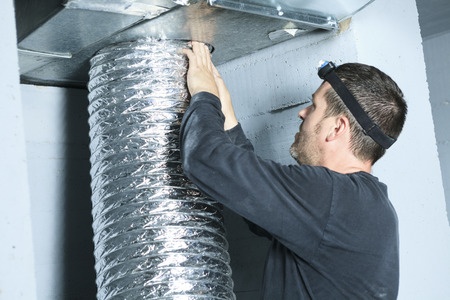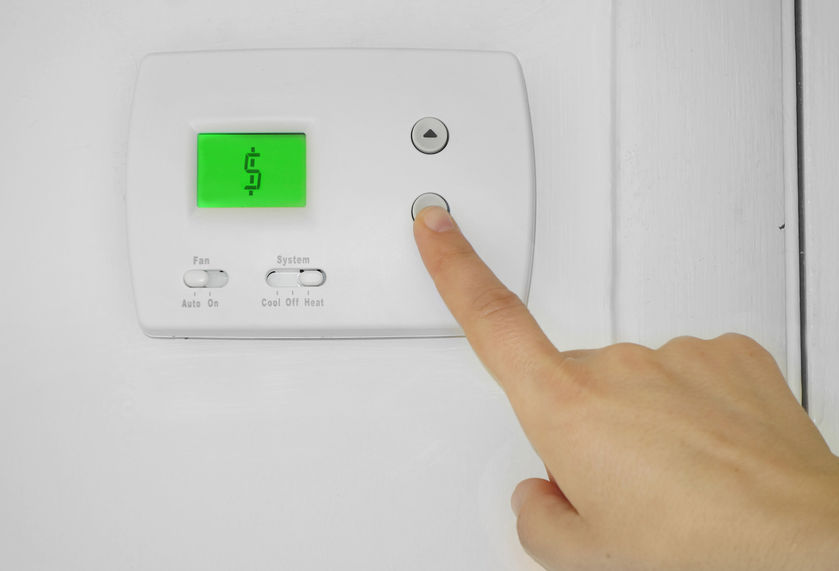- Clean Home
- Home Maintenance
- Home Energy Saving Tips
Home Energy Saving Tips
Energy-smart day-to-day living is easier than you might think. Save cold cash year-round with these home energy saving tips.
Of course, you want your home to be warm and cozy during the winter months, and cool and comfortable during the dog days of summer.
But you also want to keep your energy bills under control. These tips can help.
Home Energy Saving Tips for Heating and Cooling
If your home's heating or cooling unit is more than 15 years old, replace it with one of today's energy-efficient models.
The newer models, which are better insulated and have motors that require less maintenance, pay for themselves in energy savings, often within a few years.
This means you're not just investing in comfort, but also in long-term financial savings. If you're not ready to make such a large purchase right now, there are still affordable options.
For instance, you can wrap insulation around heating ducts, a cost-effective way to improve your home's energy efficiency.
But first, check your ductwork for dirt streaks, especially near the seams. A streak indicates an air leak, which needs to be sealed with metal-backed duct tape before the insulating jacket is added.
If the furnace ductwork appears to have been insulated and you think it might contain asbestos, make sure you have a professional test it before you begin.
If asbestos is present, wrap it with duct-pipe insulation to protect you and your family.
How to Save on Winter Heating Bills
A sure way to save on winter heating bills is to open the curtains during the day, let the sun shine in, and draw them at night to keep the heat inside.
Set the thermostat at 68 degrees F. (20 degrees C) or lower during the day, and set it at 55 degrees F (13 degrees C) at night or when you're away.
You'll save 3 to 5 percent on your monthly heating bill for every degree you lower your thermostat.
Consider installing a thermostat with a built-in timer. While you can easily adjust your thermostat to comfortable temperatures, it's more efficient to have a system that does it for you automatically.
Summer Home Energy Saving Tips
To keep your home cool in summer, draw the curtains and close the windows to keep hot air and the sun's burning rays out. Set the thermostat at 78 degrees F (26 degrees C) or higher when you're at home.
Don't place your air-conditioning thermostat near lamps, appliances, or direct sunlight. The thermostat senses heat in these areas and could cause the air conditioner to run longer than necessary.
Home Energy Saving Tips to Lighten Up Around Your Home
Home energy saving tips: Since energy for lighting accounts for some 10 percent of your electric bill, you can save by lighting up your wattage. If you're using 100-watt bulbs where 60-watt bulbs would do, consider replacing them.
Or switch to fluorescent bulbs that screw into standard sockets. The newer ones give off a warmer light closer to the light of incandescent bulbs.
Lighten up on your interior decorating, too: Pale colors for walls, draperies, rugs, and upholstery reflect light and can reduce the number of lamps needed to light a room adequately.
Outdoors, replace incandescent lighting with high-pressure sodium or outdoor fluorescent bulbs for additional savings.
Or try solar-powered pathway lamps (with batteries that store photovoltaic energy for nighttime use) or high-efficiency sodium lamps for security lighting.
Home Energy Saving Tips for Cooking Up Savings
These home energy saving tips make it easy to cook up savings in the kitchen. If you keep range-top burners and reflectors clean, they'll reflect the heat better and require less energy for cooking.
If you cook with electricity, turn off the burners several minutes before the allotted cooking time ends. The burners will stay hot long enough to finish the job without using any more electricity.
When you have a choice between using the range top and the oven, go with the former to save energy.
If you do use the oven, open it sparingly; each time you open it, heat escapes, and the oven will use even more energy to maintain the temperature.
Use a pressure cooker and a microwave oven whenever possible; both save energy. When boiling water, keep a lid on the pot; water boils faster when you use a top to hold in the heat.
Turn Down the Water Heater
The traditional home hot-water setting of 140 degrees F. (60 degrees C) can scald skin - a particular danger with children in the house.
Turn down the thermostat on your water heater to ensure the mercury doesn't top 120 degrees F. (49 degrees C). Your family members will bathe safely, and your energy bill will be lower.
- Clean Home
- Home Maintenance
- Home Energy Saving Tips























